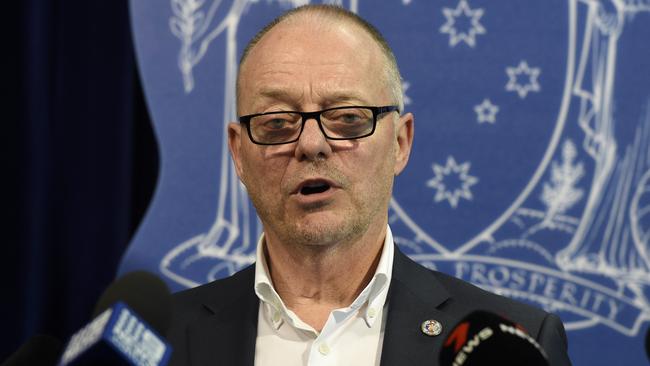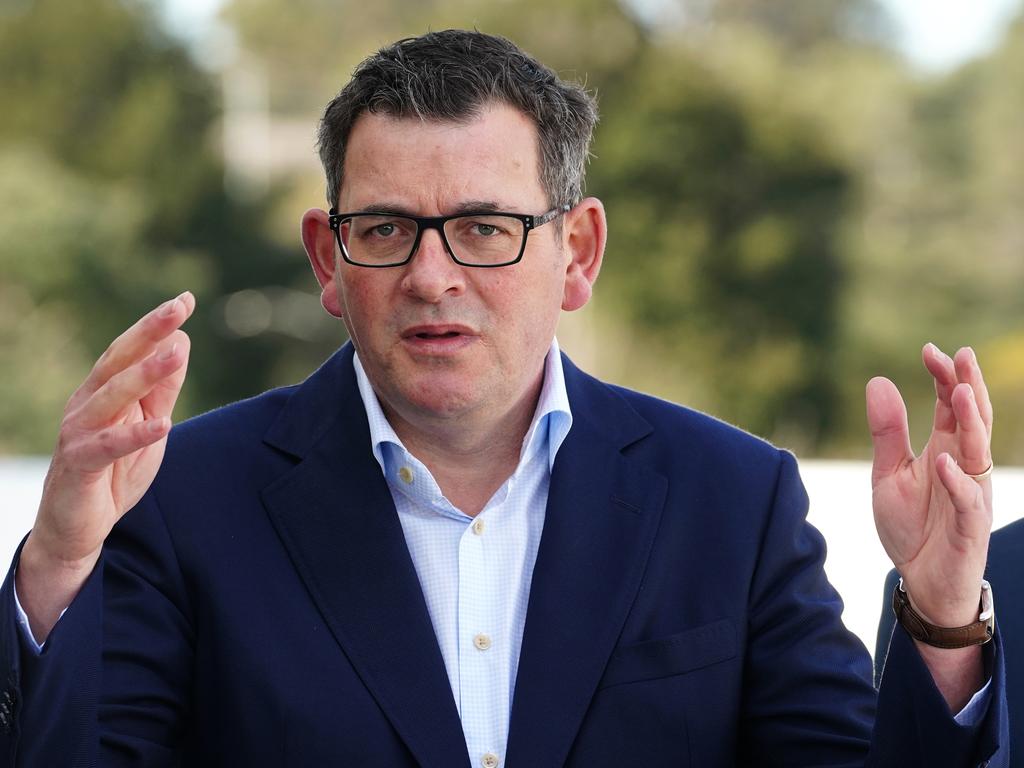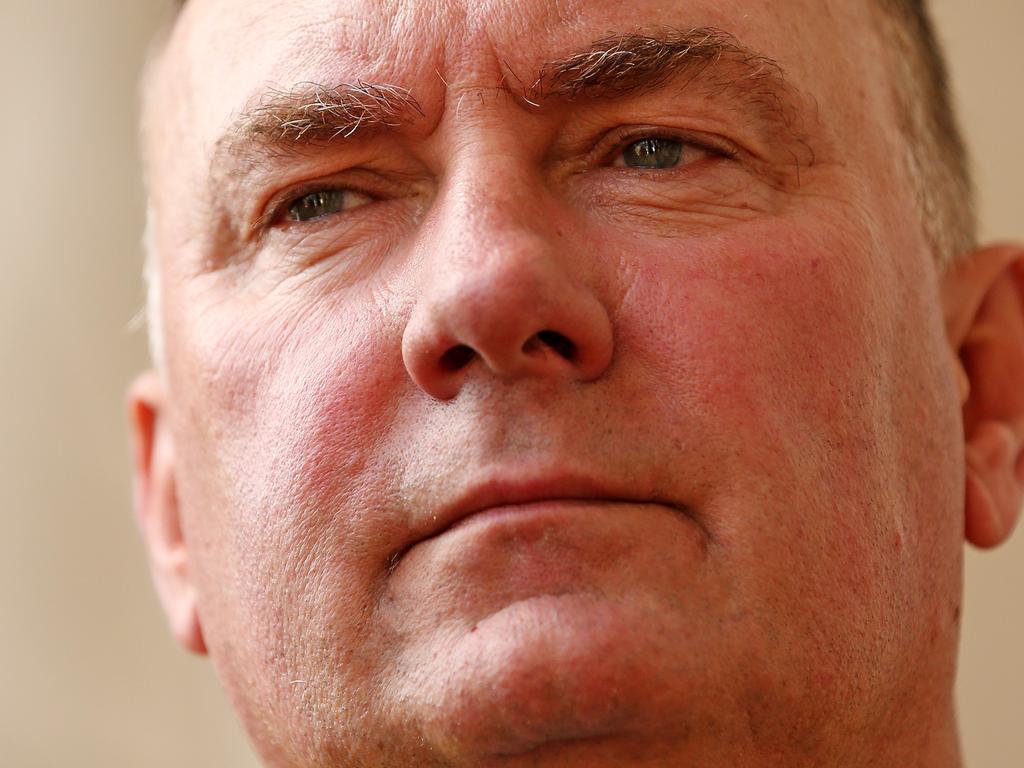Daniel Andrews’ triple-0 funding ‘at fault’
The IGEM’s comments contrast with Daniel Andrews’ claims that the surge in triple-0 calls was ‘not foreseeable’.

Victoria’s Inspector-General for Emergency Management says that despite having accurately predicted the impact of the Covid pandemic, the state’s emergency call-taking service was unable to hire sufficient staff to cope with the expected surge due to its funding model.
IGEM Tony Pearce’s comments come as Emergency Services Telecommunications Authority annual reports show attrition levels in which more than 100 staff members have left each year for the past four years, prompting questions about whether the Andrews government’s commitment to recruit and train 400 new call takers over the next four years will be sufficient.
The government on Saturday released Mr Pearce’s investigation into ESTA, revealing 33 Victorians had died after waiting too long for an ambulance.
Premier Daniel Andrews made no public appearances on Wednesday, but his office confirmed he had addressed paramedics at an Ambulance Union meeting. On Tuesday, he broke three days of silence to offer an apology, but also claimed that the extent to which the ambulance call-taking service had been overwhelmed was “not foreseeable”.
Asked on Wednesday to reflect on Mr Andrews’ comments, Mr Pearce said: “I’m not going to get into whether the Premier is right or wrong, but what I will say is the evidence shows clearly … that ESTA were able to forecast ahead and predict what was likely to happen with the surge of the two waves of the pandemic, which they did”.
“The numbers that they arrived at were very, very close, in fact they were a little bit above in some areas, the actual outcome at the end of the day,” Mr Pearce told ABC radio.
“The problem that they had was their funding base was one that allows them to resource on a year-to-year basis for their business as usual. But what it doesn’t do is provide them enough capacity to then ramp up when they get a large surge event.”
The Andrews government provided $333m in its May budget to hire 400 new call-takers over the next four years.
“That money over the next four years will allow ESTA to do what they need to do to respond to any upcoming emergency … and it also allows government and ESTA the time to build an appropriate funding model,” Mr Pearce said.
In his report, Mr Pearce found the Andrews government had been aware of ESTA’s “precarious financial position” as early as 2015, via the findings of an Auditor-General’s report, and that despite work having begun “more than 10 years ago” to address the inadequate funding structure, it is “yet to be completed”.
Attrition rates published in ESTA’s annual reports show in the year to June 2021 a total of 111 operations and support staff left the agency, while in the year to June 2020 there were 131 who left, in 2019 there was an attrition rate of 101, and in 2018 106 left.
Asked whether the government’s boost in funding would enable ESTA to keep up with the attrition, an Andrews government spokeswoman said the $333m had already led to 150 staff members being recruited, as well as paying for upgrades to ESTA’s facilities and IT systems.
“This means the historical funding issues identified by the IGEM have been addressed, supporting ESTA to recruit and retain staff and improve capability,” the spokeswoman said.
Opposition health spokeswoman Georgie Crozier said if about 100 people per year continued to leave, the government’s commitment to hire more staff would not work: “You’re not putting any more in. You’re just replacing those that have been lost. It’s not additional resourcing.”







To join the conversation, please log in. Don't have an account? Register
Join the conversation, you are commenting as Logout